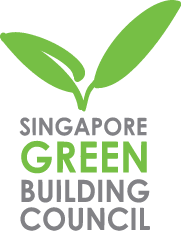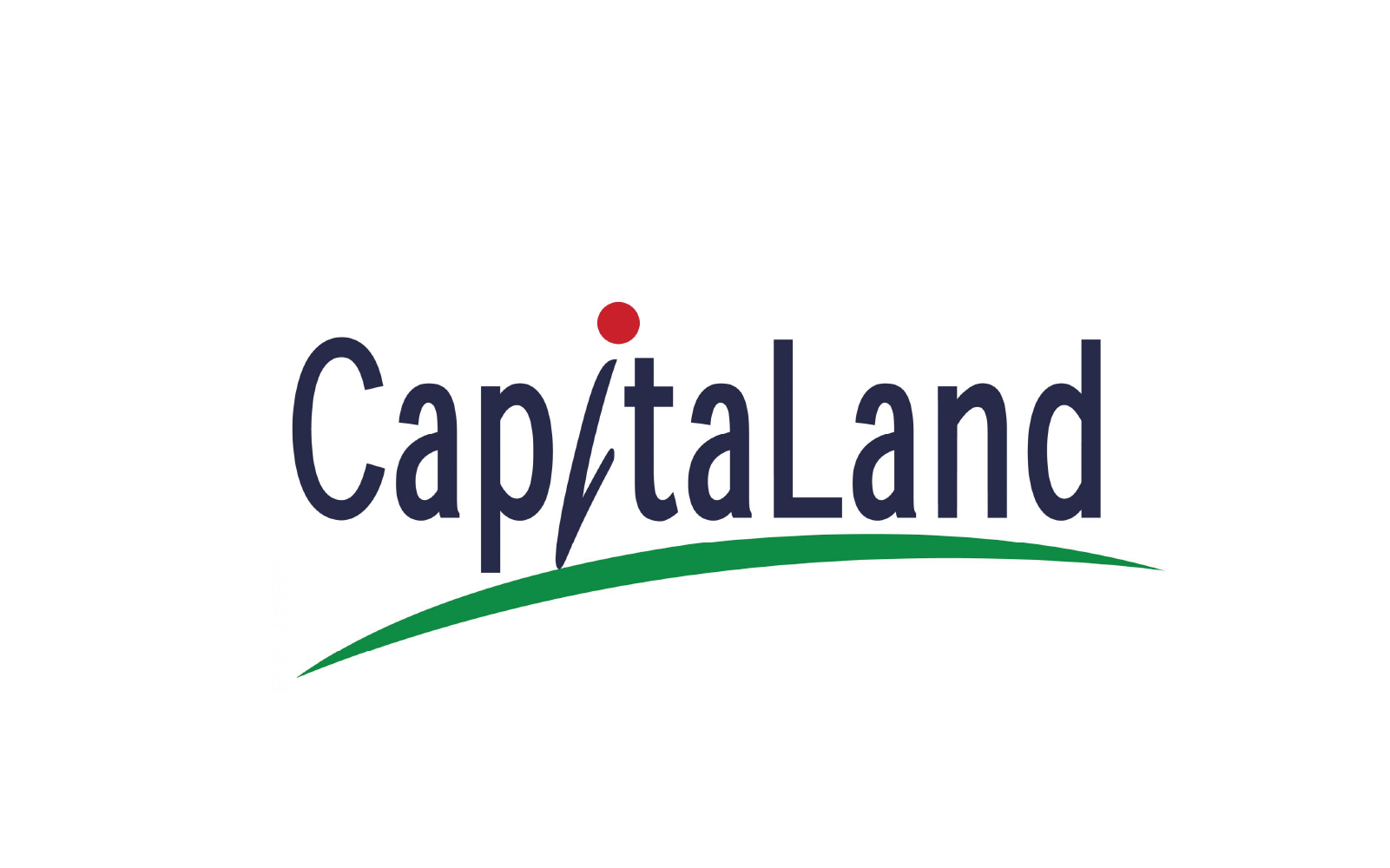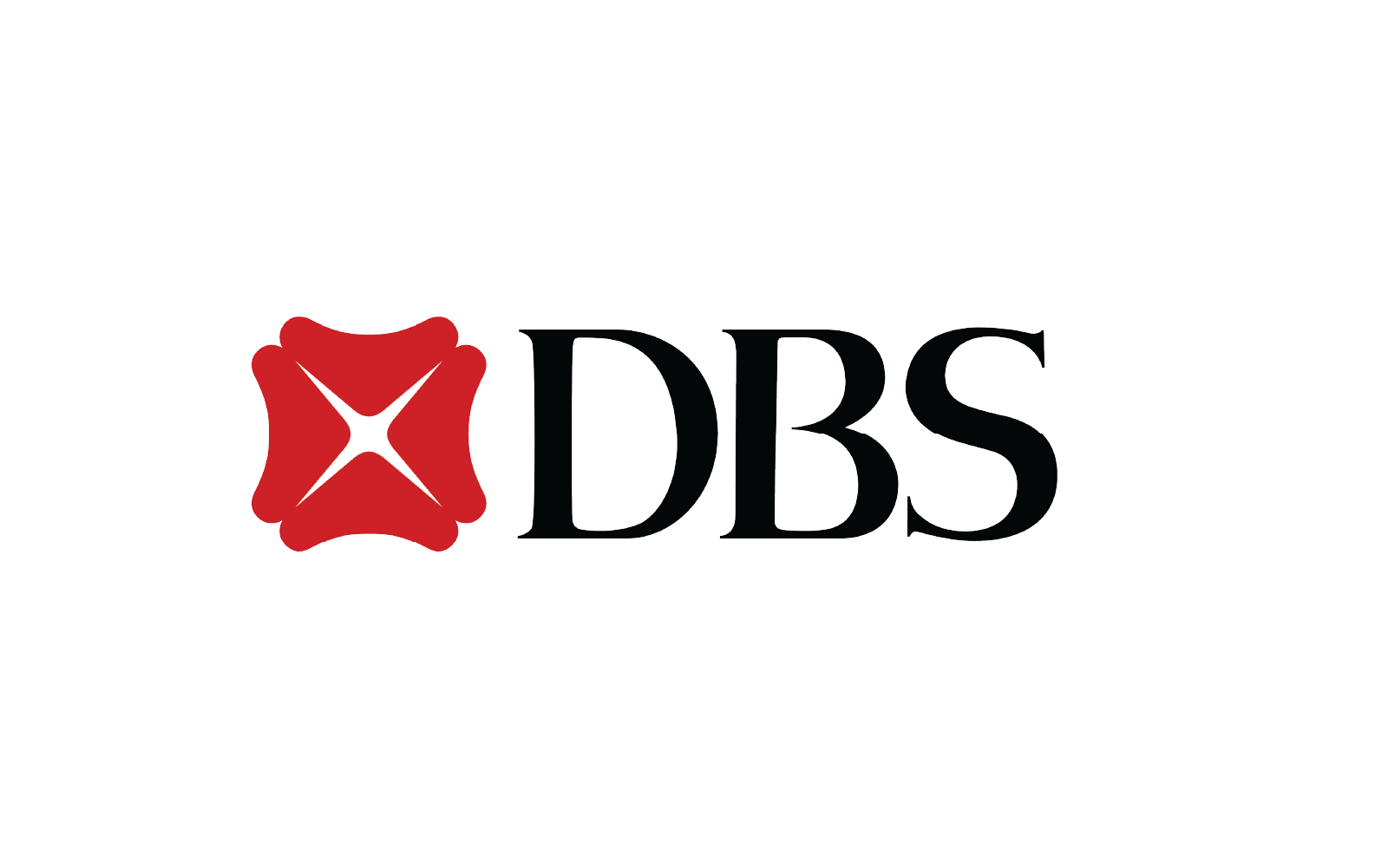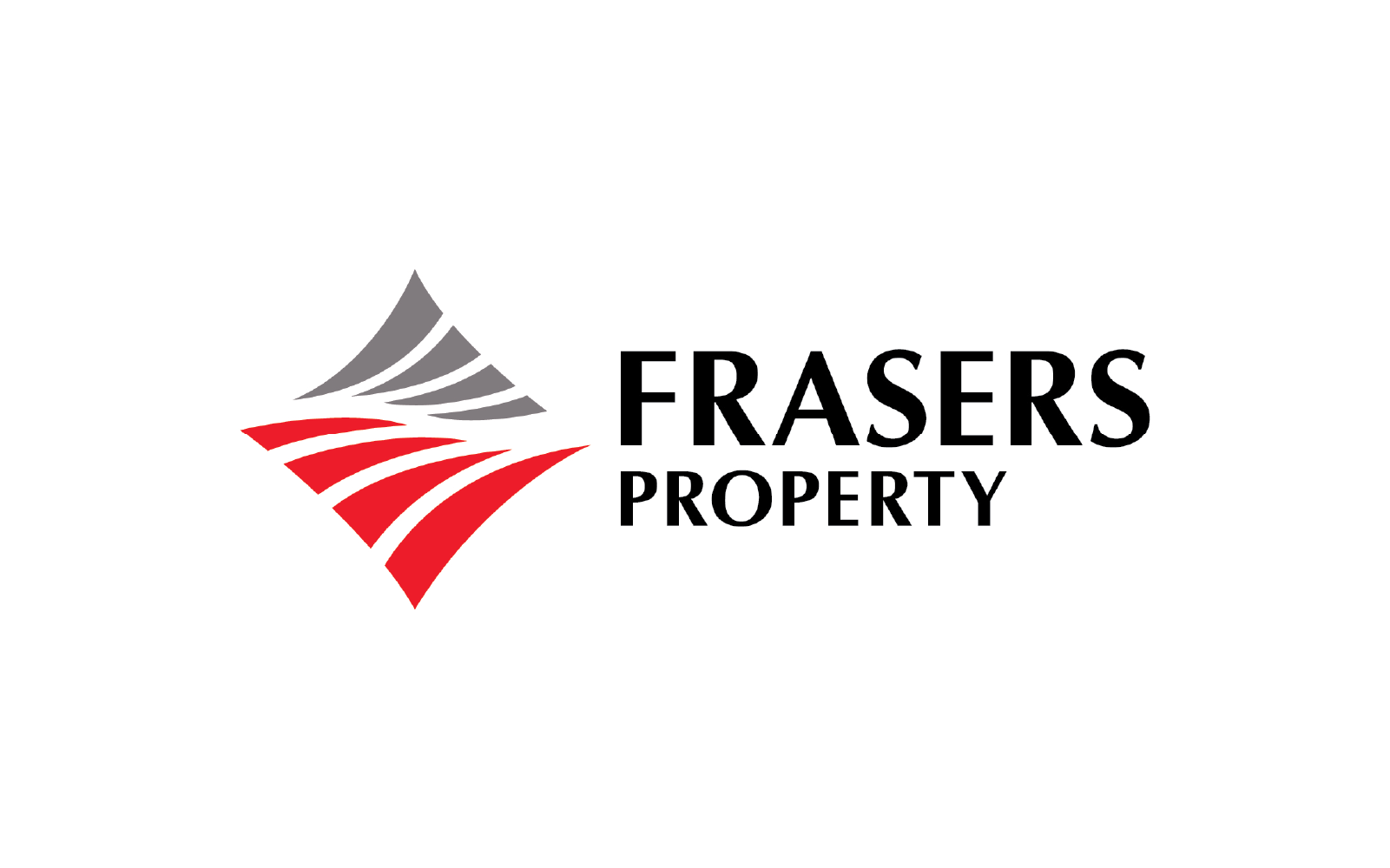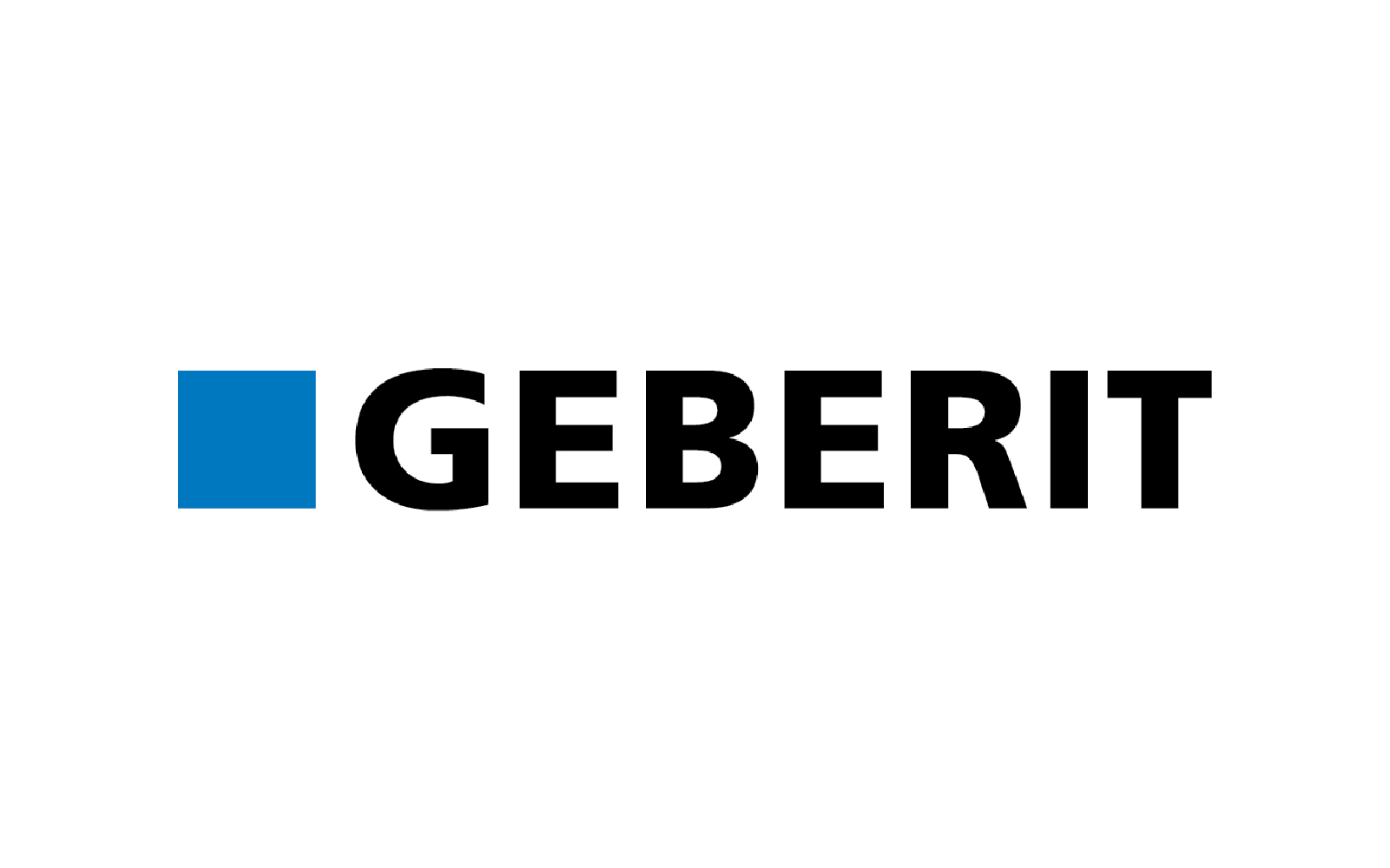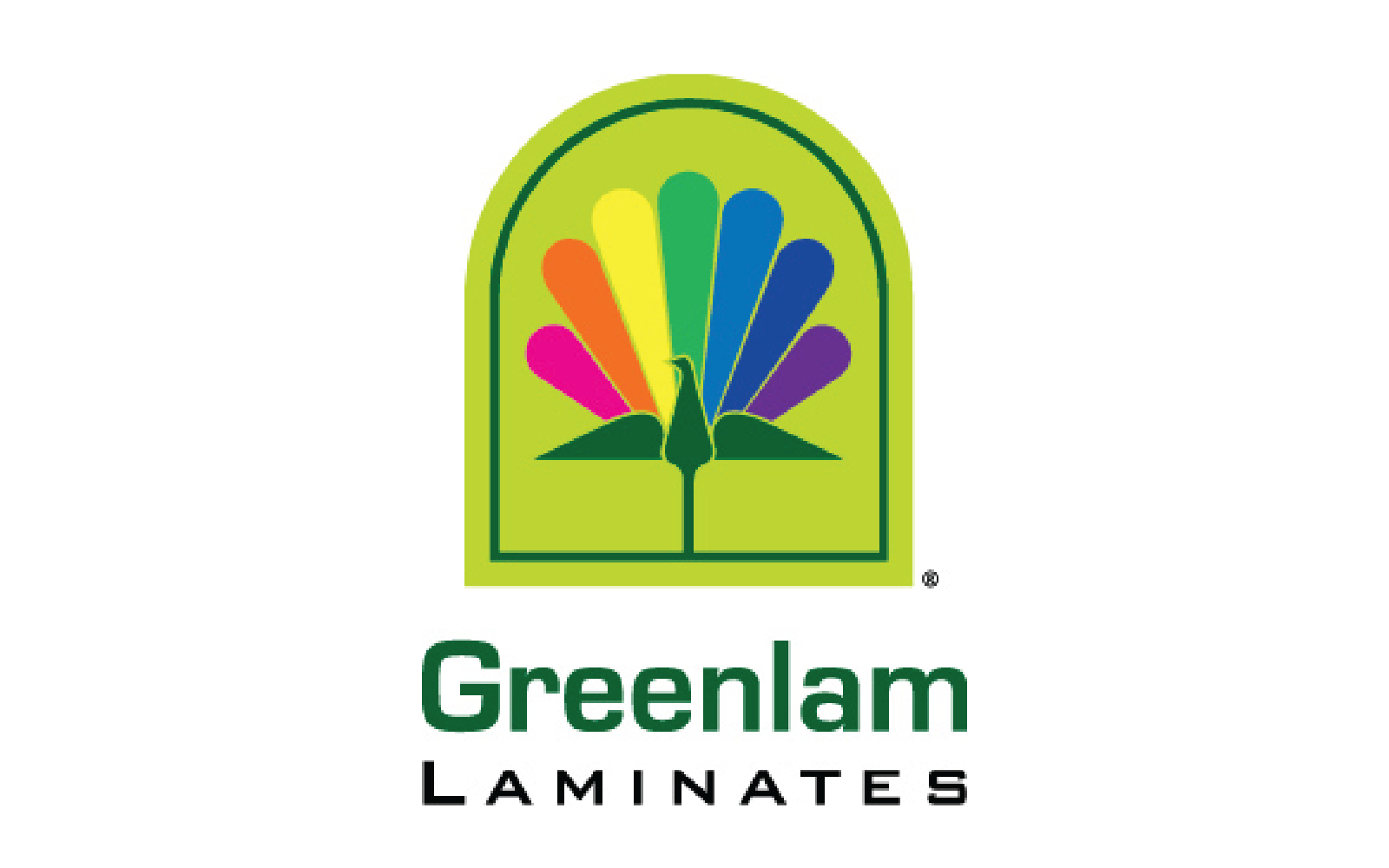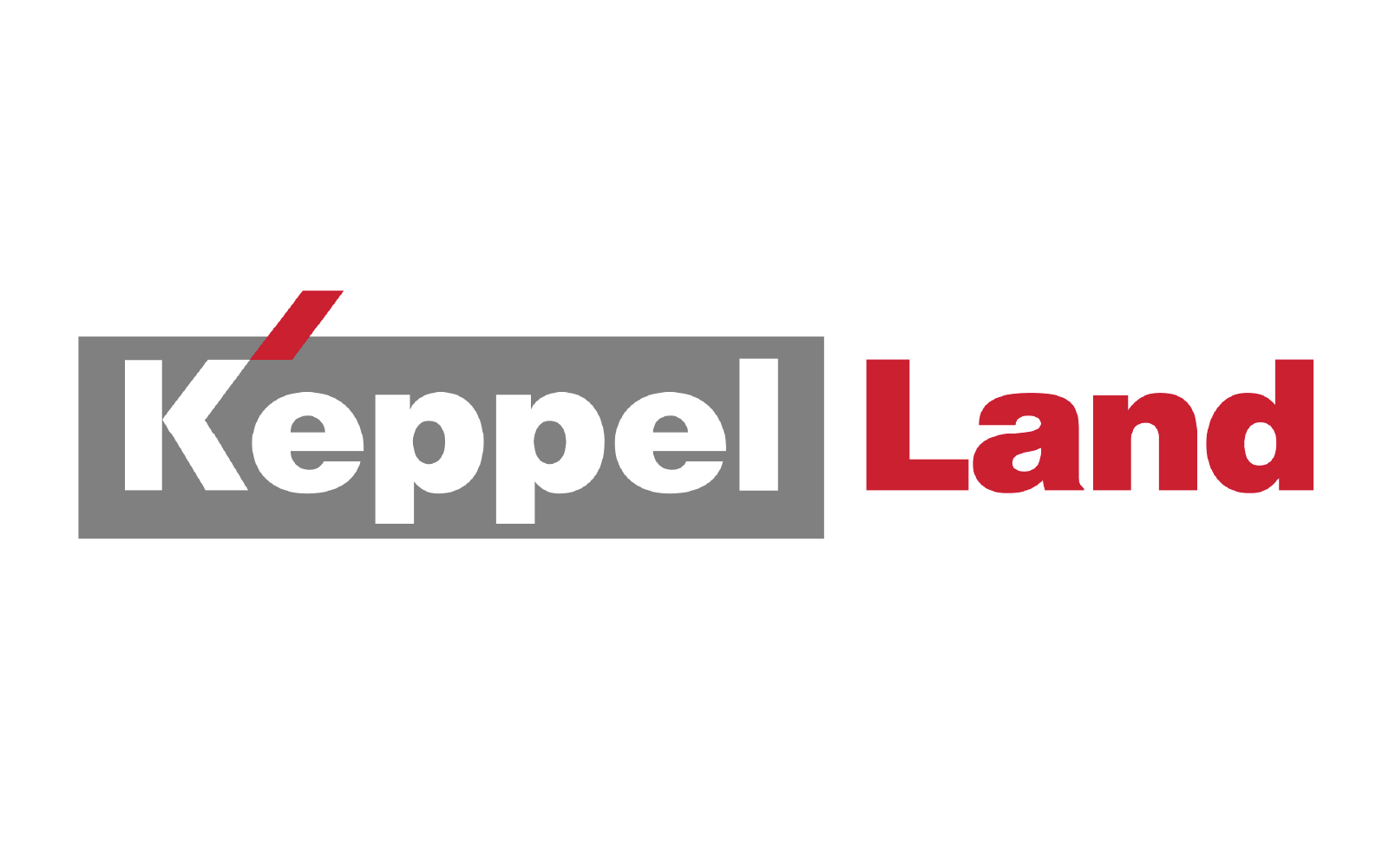

It’s never too late to start on your journey towards a green home, and whether big or small, every action and choice can make a difference. We’ve compiled some common questions about green homes and what you can do, to provide a basic starting point as you build green into your home.
To get you going, you can also visit our directory of certified green building products here.
A green building generally refers to a building that, in its design, construction or operation, is resource-efficient and environmentally responsible throughout its life cycle.
A green home is a home that reduces or eliminates negative impacts on the environment and health of those living there and create positive impacts. There are many ways to build green into your home, such as using sustainable, non-toxic materials or maximising the natural resources around your home such as daylight and natural ventilation or using technology in a way to cultivate eco-friendly habits.
There is growing evidence that green buildings bring multiple benefits. The most known benefit is that green buildings are one of the most effective means to address climate change and create sustainable and thriving communities. Lesser known are the economic benefits, such as cost savings on utility bills and job creation for economies, as well as health benefits such as increased concentration levels and work productivity, and improved sleep quality.
In Singapore, green buildings are certified through the Green Mark Scheme administered by the Building and Construction Authority (BCA) or are required to meet minimum environmental sustainability standards under BCA’s building regulations. Most buildings built after 2008 are covered under BCA’s regulations for minimum green standards. You can find out if your building is certified using the Green Mark Building directory here.
Definitely! There are many ways you can build green into your home. This can be through the choices in renovation products and materials for your home, and even your changing daily habits and behaviour. Here are some key ways you can build green into your home:
- Go natural: Maximise the natural resources around you, such as placing desks at areas with good daylight, keeping your windows open to let the fresh air in, having more plants or setting up a rainwater harvesting system.
- Go healthy: Pick healthier options like low-VOC paints or using natural ventilation or the fan over air-conditioning.
- Go smart: Make smart choices by choosing energy-efficient appliances or use programmable, smart technology like smart-lighting systems or light sensors.
Keep a look out for more tips in our campaign!
Building green into your home doesn’t necessarily mean a lot of work and rebuilding. Choices like buying energy saving appliances or changing your daily habits, such as turning off appliances when not in use, air-drying your clothes instead of using the dryer, setting up your work-from-home station near a window or setting your air-conditioning to 25°C are some ways you can build green into your home. Stay tuned for more tips and actions that you can take!
Generally, smart technology that controls a home’s systems and electronics can help reduce energy consumption and improve energy efficiency. This could include setting up your lighting system and other electronics to turn off whenever you leave the room or even using smart LEDs to save energy.
The Singapore Green Building Product (SGBP) certification scheme aims to consolidate a wide selection of materials and building products that can help you build green into your home. This could include paints, laminates, landscaping materials, and other materials for renovation. The directory of certified products can be found here.
Buildings account for more than 20 per cent of Singapore’s carbon emissions. As such, having more green buildings is an important part of the Singapore’s climate change mitigation strategy. Under the Singapore Green Building Masterplan, which is part of the Singapore Green Plan 2030, Singapore aims to ensure 80 percent of its buildings are green buildings by 2030. Find out more here.
Build green into your home by practising energy saving behaviours which would also lead to lower energy consumption within homes. You can take BCA’s quick self-assessment Tropical Home Energy Efficiency Assessment (THEEA) tool to predict your home’s energy consumption by assessing energy efficient features of home appliances and smart home features installed.
This would contribute to lowering the overall building energy consumption and carbon footprint, which contributes to climate change, and lead to health benefits for those living in the home.
Owners of green homes can generally enjoy cost savings in the long-run due to lower energy and water bills. Occupant behaviour is an important factor as green homes can only reap positive benefits and cost savings if the occupants are practising good sustainability behaviours.
It is a green building rating system established in Singapore by the Building and Construction Authority (BCA) designed to evaluate a building’s environmental impact and performance. For homeowners, living in buildings that are BCA Green Mark certified means that you can expect to see a range of wellbeing benefits. A study in 2017 by BCA and the National University of Singapore found that occupants of Green Mark certified buildings saw improved indoor air quality, and were less likely to suffer from fatigue, headache and skin irritation.
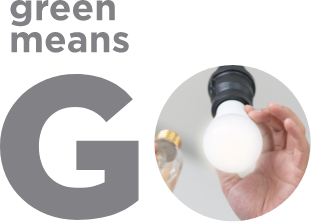
About the Campaign
Green Means Go is a public education campaign to help homeowners and the wider public have a better understanding of green buildings and their benefits to human health and well-being, as well as to empower homeowners to make decisions to build green into their homes.
The campaign is driven by the Singapore Green Building Council, with support from the Building and Construction Authority and the Housing Development Board’s MyNiceHome programme. The campaign is in support of the Singapore Green Plan 2030.
